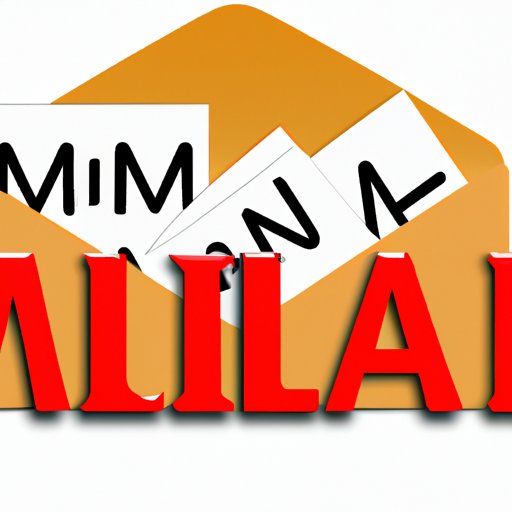
How to Block a Gmail Email Address: A Step-by-Step Guide
Are you tired of receiving unwanted emails from a specific sender in your Gmail inbox? Whether it’s spam, promotional emails or messages from an unwanted acquaintance, blocking their email address can be a simple solution. In this article, we’ll cover the different ways you can block a Gmail email address, as well as discuss alternatives and best practices for managing your inbox.
Step-by-Step Guide
The process of blocking a Gmail email address is straightforward. Here are the steps you need to follow:
- Open an email from the sender you want to block.
- Click on the three vertical dots in the top-right corner of the email.
- Select “Block [sender’s name]” from the dropdown menu.
- Click on the “Block” button in the pop-up window that appears.
Once you’ve done this, you won’t receive any more emails from that particular sender in your inbox.
If you make a mistake and want to unblock an email address, simply search for an email from that sender and follow these steps:
- Click on the “Unblock” button in the pop-up window that appears.
It’s important to note that blocking an email address in Gmail will also send any future emails from that address straight to your spam folder.
Video Tutorial
If you prefer to learn by watching rather than reading, we’ve embedded a video tutorial below that demonstrates the process of blocking a Gmail email address:
This video tutorial is beneficial for visual learners who prefer to see the process in action. For those who prefer to learn by reading, the step-by-step guide above should be helpful.
Pros and Cons
Before you start blocking email addresses left and right, it’s important to consider the advantages and disadvantages of doing so.
Advantages
- You won’t receive any more emails from the blocked sender in your inbox.
- Future emails from the blocked sender will also be sent to your spam folder, so you won’t have to see them unless you choose to.
Disadvantages
- If you’ve blocked someone by mistake, you may miss important emails from them.
- If the person you’ve blocked has multiple email addresses or creates a new one, they may still be able to contact you.
Alternatives to Blocking
If you’re hesitant to block someone’s email address, there are alternative solutions to consider:
Set up filters:
Gmail allows you to set up filters that can automatically sort incoming emails into different labels based on certain criteria. For example, you could set up a filter that automatically archives or deletes emails from a particular sender.
Mark as spam:
If you’re receiving unwanted emails from a sender, you can mark their emails as spam by selecting the “Report spam” button or by clicking on the exclamation point icon in the top-right corner of the email. This won’t block emails from that sender, but it will send future emails from them straight to your spam folder.
Best Practices for Managing Email
While blocking an email address can be a helpful solution, it’s important to manage your inbox effectively in general. Here are a few tips:
Organize your inbox:
Use labels and folders to keep your inbox organized. You could set up different labels for work and personal emails, for example, or create subfolders for certain projects or clients.
Filter unwanted emails:
As mentioned above, you can set up filters so that certain emails are automatically labeled, archived or deleted. This can help keep your inbox clutter-free.
Don’t check your email constantly:
It’s easy to get distracted by incoming emails, but try not to check your inbox constantly. Set aside specific times during the day to check and respond to emails, and use your inbox’s ” snooze” feature to temporarily hide emails you can’t deal with right away. This will help you stay focused on other tasks.
Advice for Specific Situations
Blocking an email address can be particularly useful in certain situations:
Harassing emails:
If you’re receiving harassing or threatening emails, blocking the sender can be an important step to take. Don’t hesitate to involve the authorities if necessary.
Unwanted promotional emails:
If you’re constantly receiving promotional emails from a company despite trying to unsubscribe, blocking the sender can be a helpful solution.
Compare and Contrast
While Gmail’s blocking feature is simple to use, it’s worth comparing it to the blocking capabilities of other email services.
For example, Yahoo Mail’s blocking feature allows you to block up to 500 email addresses, while Outlook.com allows you to block individual email addresses or entire domains.
If you’re not satisfied with Gmail’s blocking feature, it may be worth considering switching to a different email service that better meets your needs.
Conclusion
Blocking a Gmail email address is a simple process that can help you regain control of your inbox. However, it’s important to weigh the pros and cons before deciding to block someone’s email address. Remember that there are alternative solutions to consider and best practices you can follow to manage your inbox effectively. By following the steps outlined in this article, you’ll be able to block unwanted emails and keep your inbox organized.




